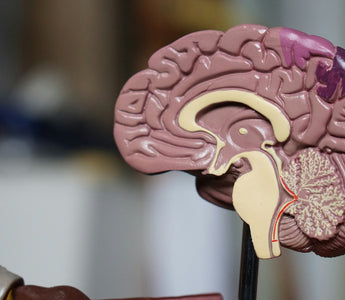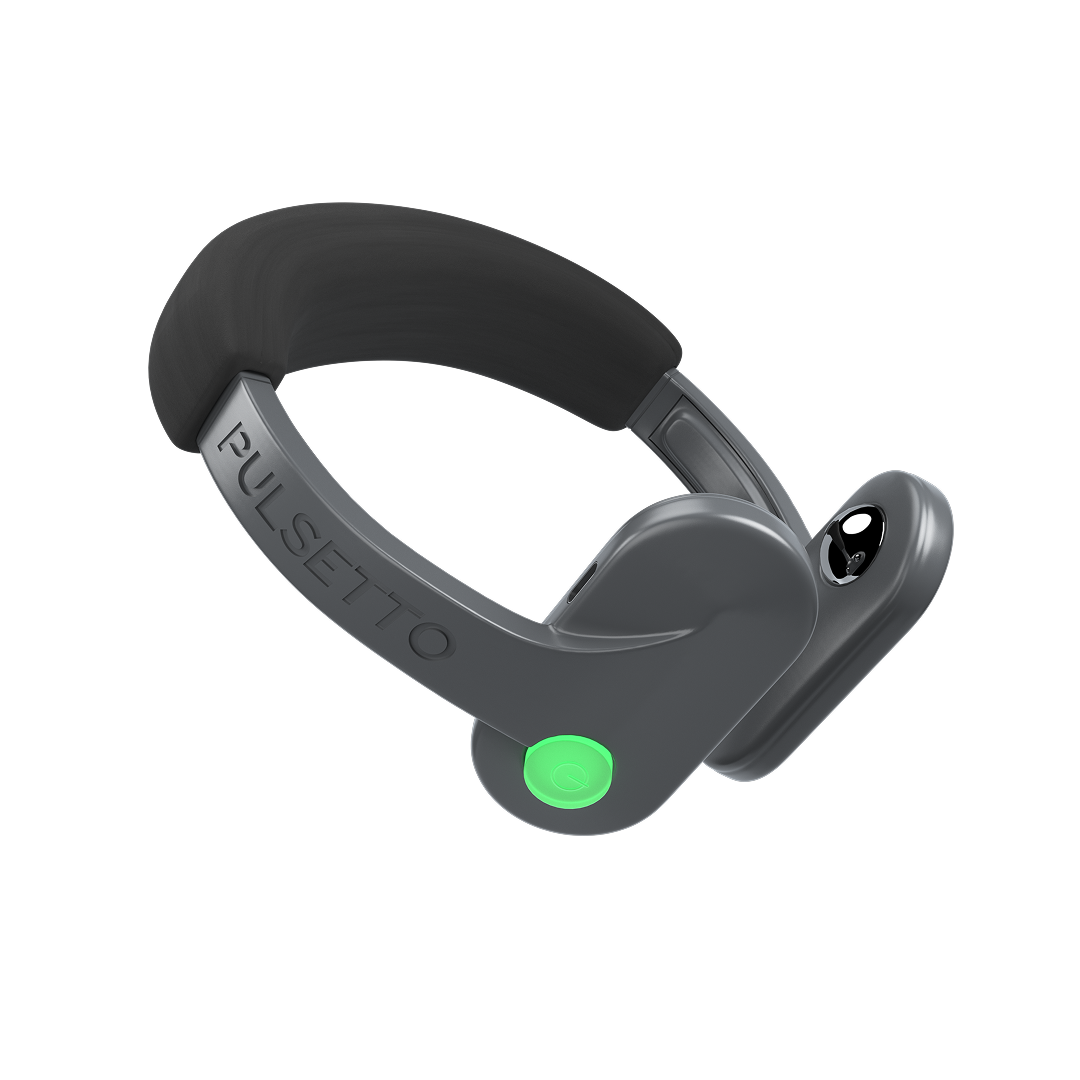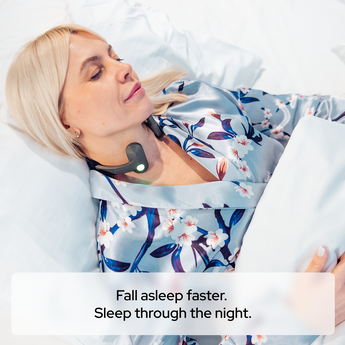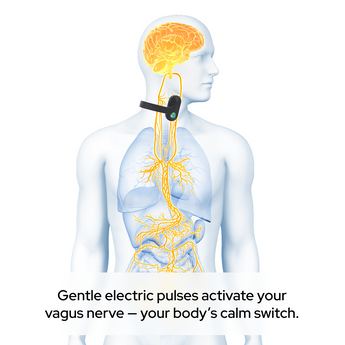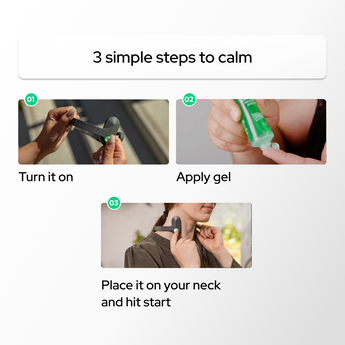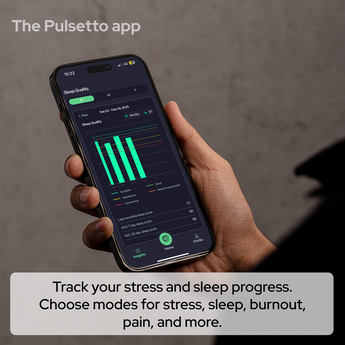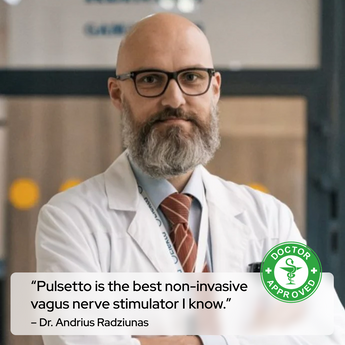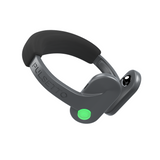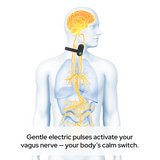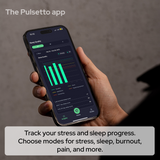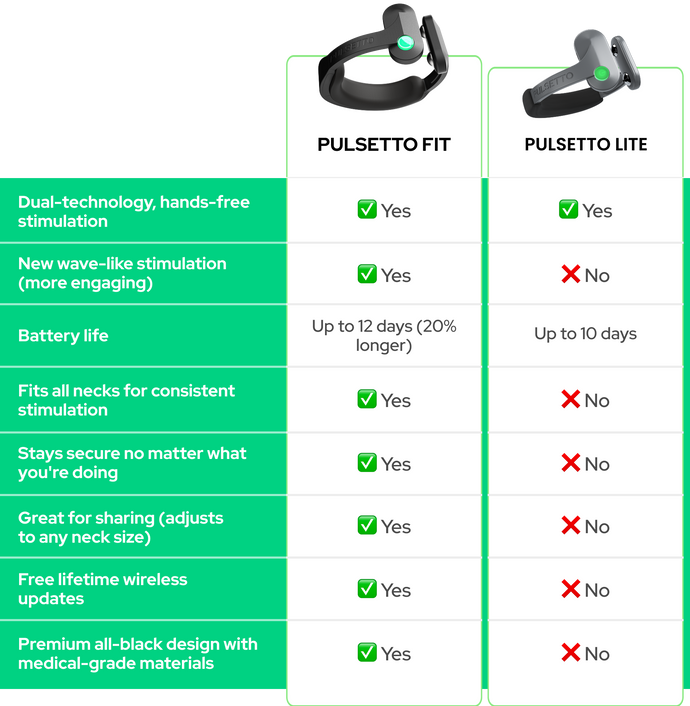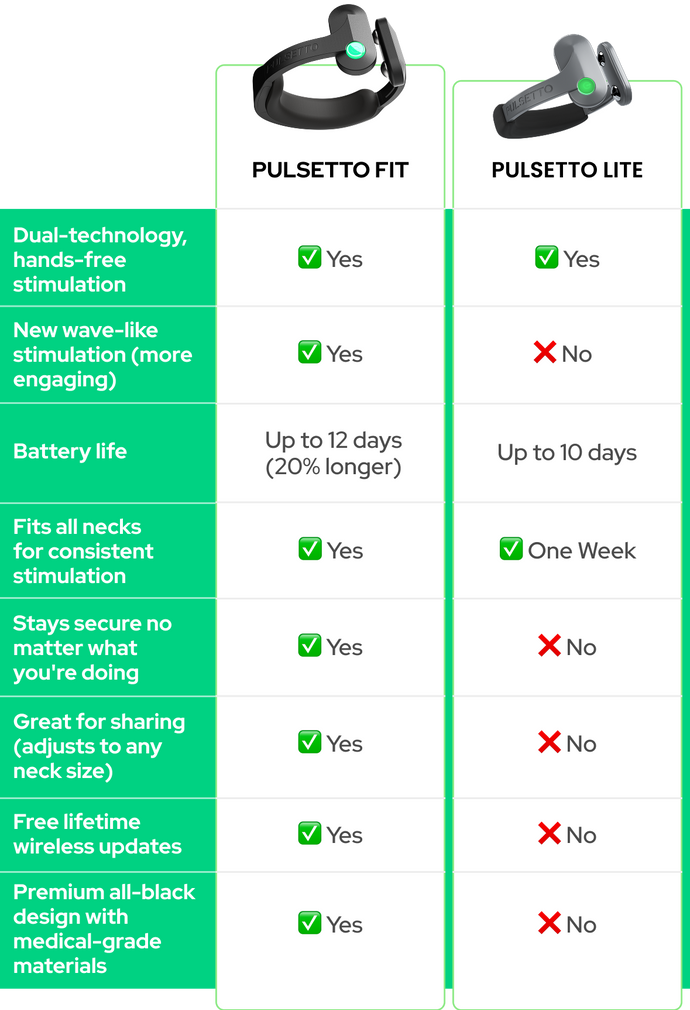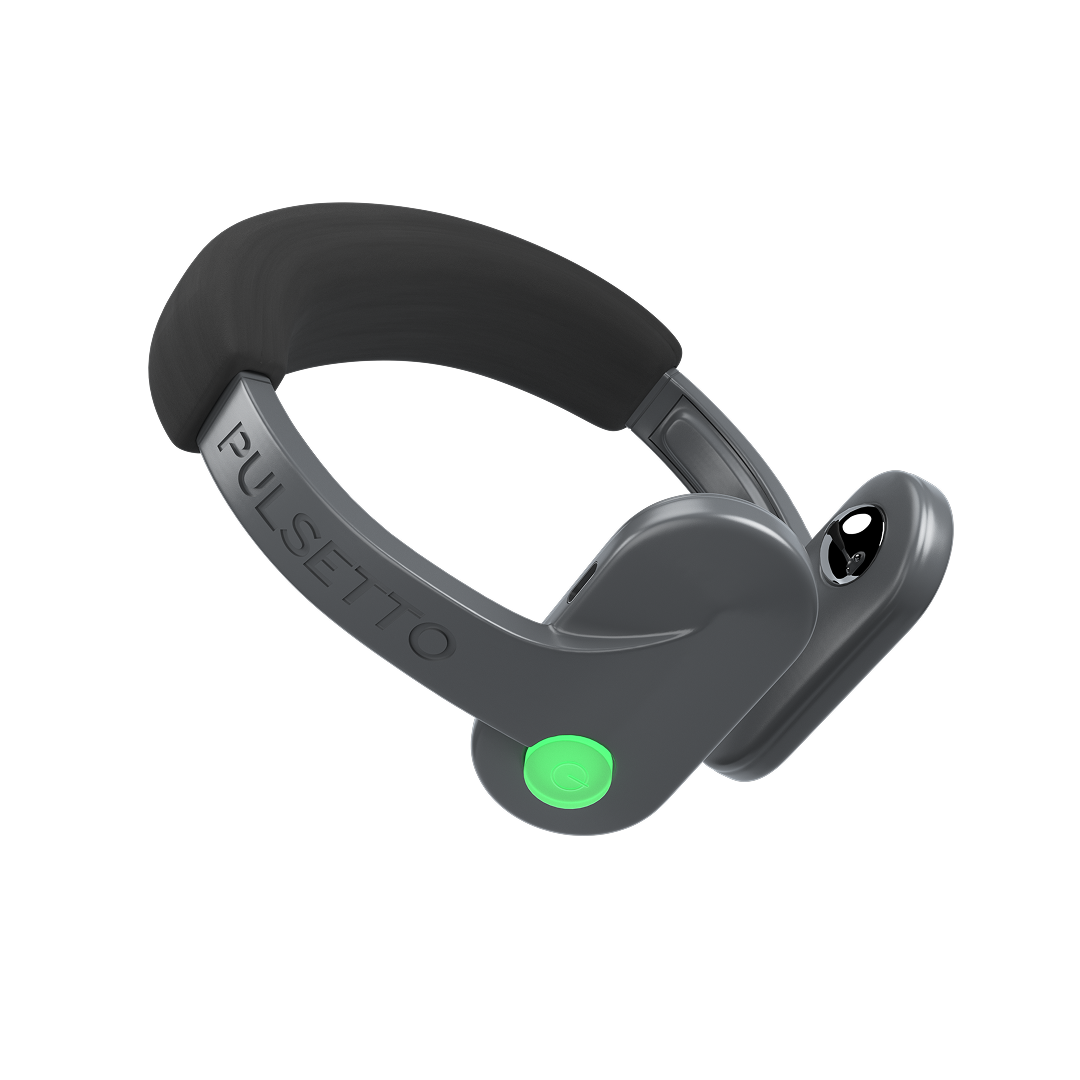Epilepsy is a challenging neurological condition that affects millions worldwide. For many patients, traditional treatments like medications don't always provide the relief they need. That's where vagus nerve stimulation (VNS) comes in. This innovative therapy has been making waves in epilepsy management, offering hope to those who've struggled to find effective treatments.
Vagus nerve stimulation has emerged as a versatile therapy, offering benefits beyond epilepsy management. Research indicates its effectiveness in addressing conditions like stress, chronic pain, and even gut health. Additionally, innovative approaches such as vagus nerve massage and HRV exercises can amplify its benefits, helping patients achieve improved heart rate regulation and reduced inflammation. These advancements showcase the potential of non-invasive treatments in modern healthcare.
What is Vagus Nerve Stimulation?
Vagus nerve stimulation is a type of neuromodulation therapy. It works by sending mild electrical pulses to the brain through the vagus nerve. This large nerve runs from your brainstem down to your abdomen and plays a crucial role in many bodily functions. For example, it can help alleviate migraines and improve focus by regulating brain activity.
In epilepsy treatment, a small device called a neurostimulator is surgically implanted under the skin of the chest. It's connected to the left vagus nerve in the neck by a thin wire. The device sends regular, mild electrical signals through this wire to the vagus nerve, which then carries these signals to the brain. Studies also suggest that vagus nerve stimulation can aid in managing anxiety and reducing bloating, demonstrating its broad therapeutic potential.
Difference Between Implantable And Non-Invasive Devices
Implantable Devices
Implantable devices are surgically inserted into the body and are designed to function internally, often over long periods. These devices, such as pacemakers, insulin pumps, or cochlear implants, are typically used to address chronic conditions or provide continuous monitoring and treatment. They interact directly with the body's systems, offering high precision and reliability. However, they come with risks associated with surgical implantation, such as infection, and often require regular follow-ups for maintenance or battery replacement.
Non-Invasive Devices
Non-invasive devices work externally, interacting with the body without the need for surgical procedures. These include wearable technologies like Pulsetto. Non-invasive options are often more accessible, lower in cost, and easier to adopt for short-term or preventative care. They eliminate surgical risks but may offer less precision or durability compared to implantable counterparts.
Both types of devices have revolutionized healthcare, offering innovative solutions for conditions ranging from chronic illnesses to mental health challenges. The choice between implantable and non-invasive devices depends on the severity of the condition, the required level of intervention, and the patient’s preferences for treatment.

